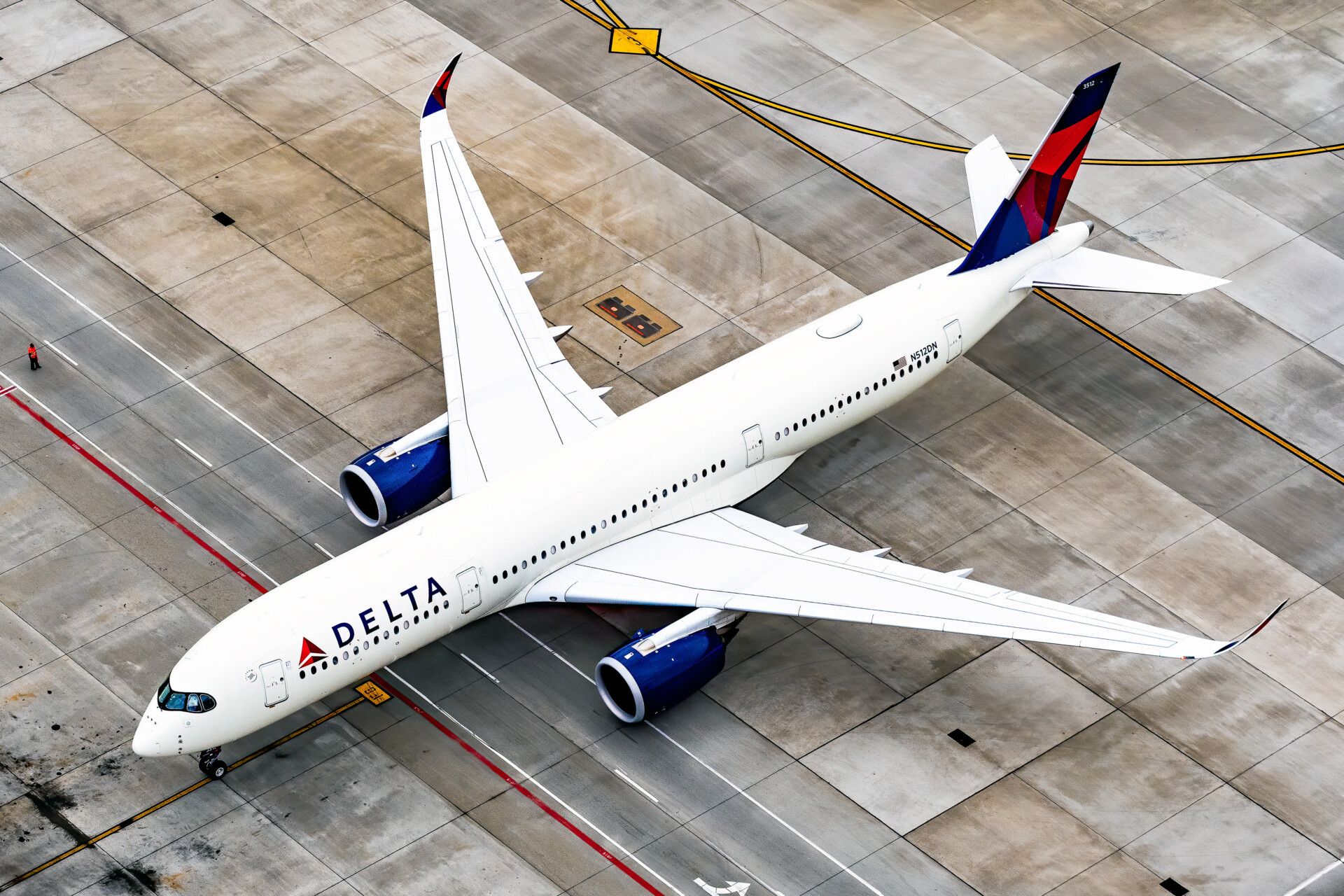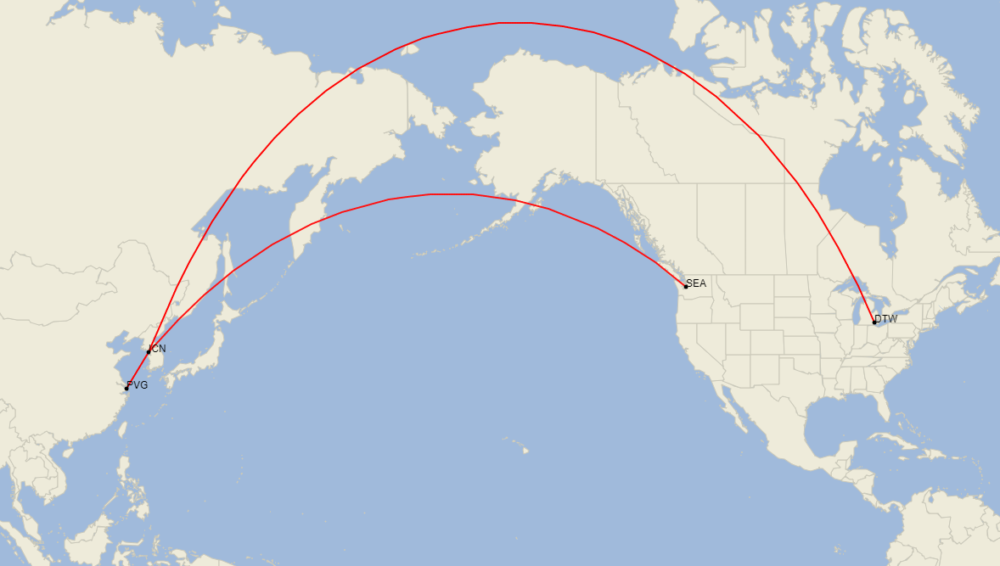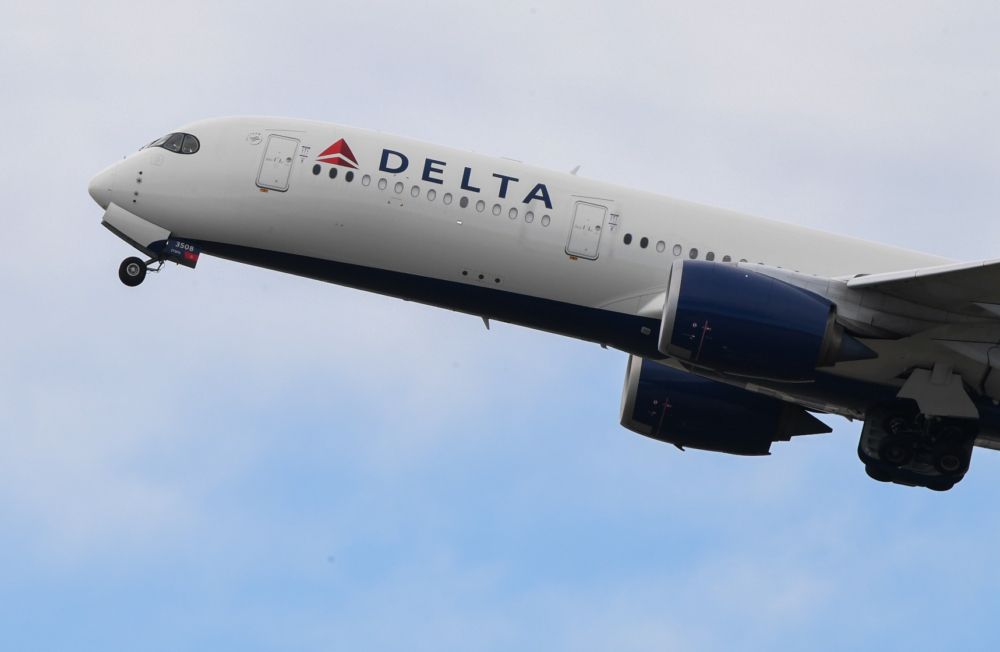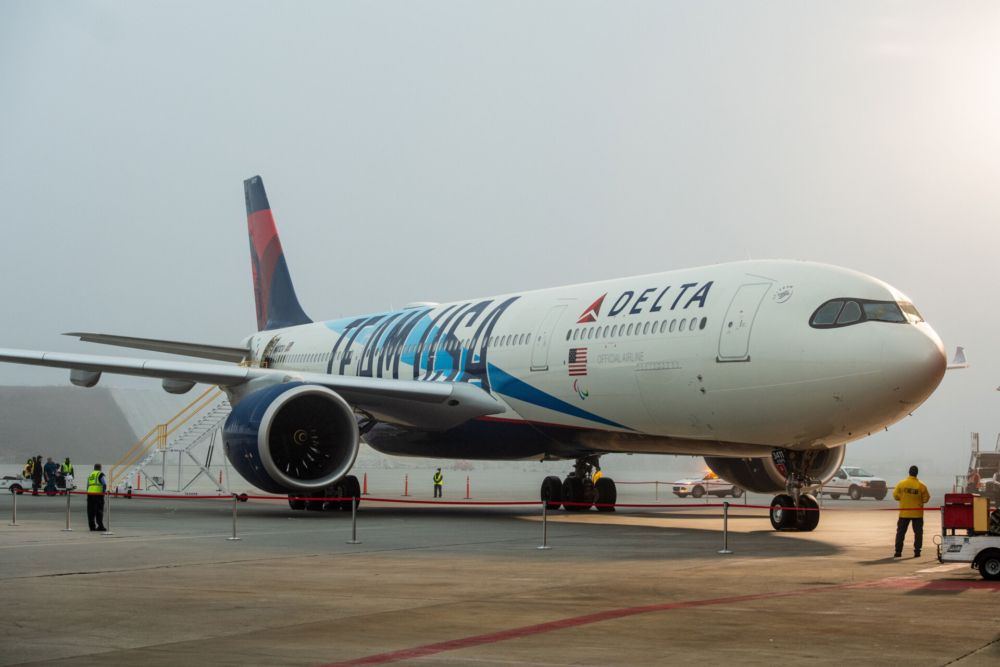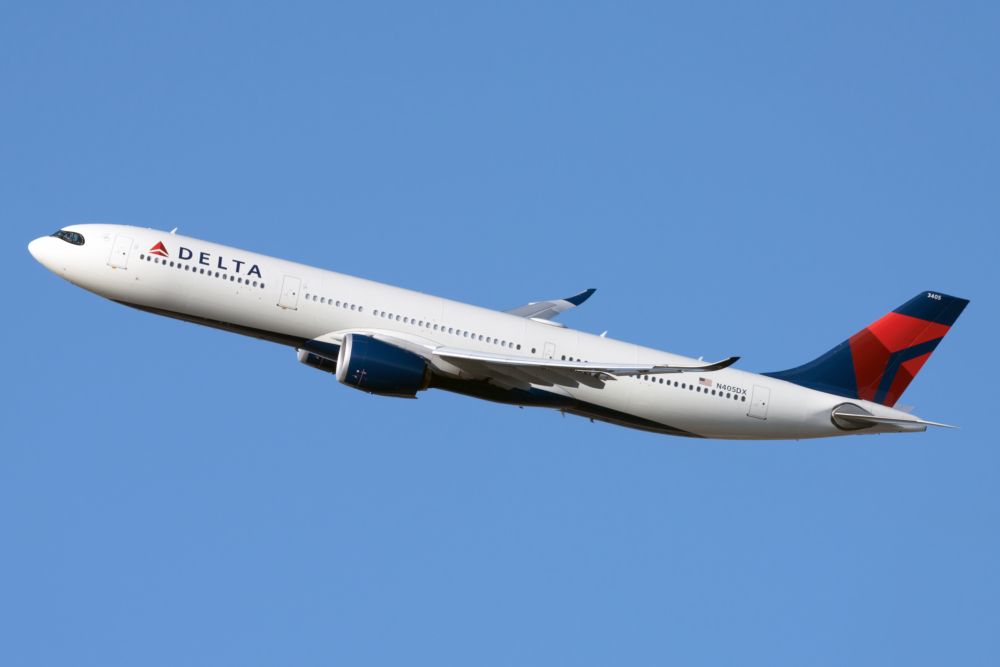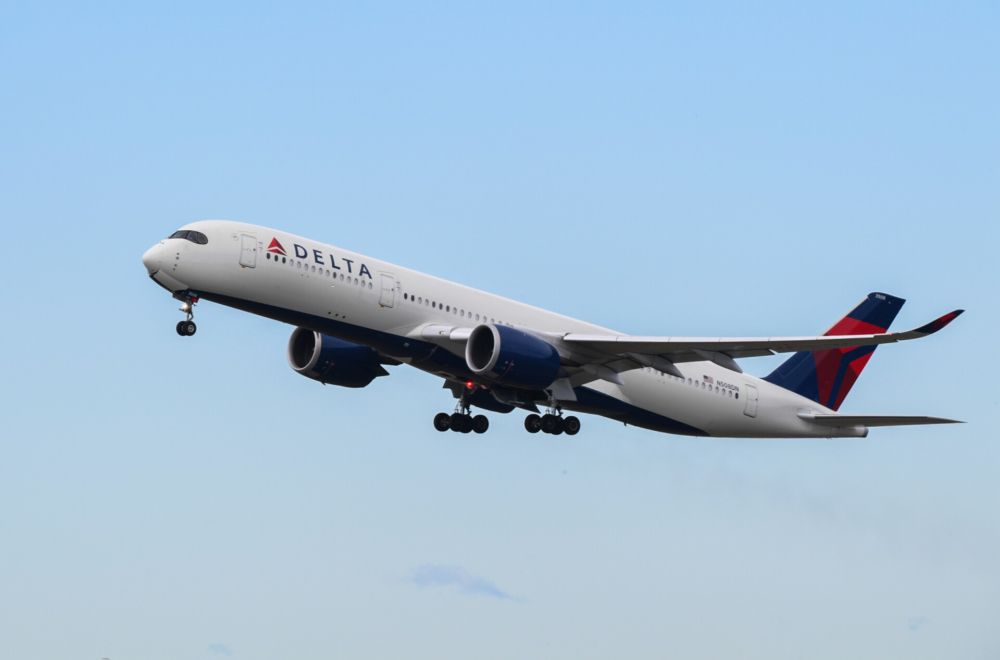As China remains a country that has shown little appetite for reopening this year, Delta Air Lines is pulling down nonstop service through at least October. Instead, flights to China will continue to operate via a stop at Seoul Incheon International Airport (ICN). This comes after a Delta flight bound for China from the US turned back as a result of new regulations in Shanghai that would have disrupted operations.
Delta to keep one-stop China service through the fall
In schedule updates loaded this weekend and seen at Cirium, Delta Air Lines officially pulled nonstop service to China until the end of October. This affects only a few routes that Delta is servicing to China:
- Twice-weekly service between Seattle-Tacoma International Airport (SEA) and Shanghai Pudong International Airport (PVG)
- Twice-weekly service between Detroit Metropolitan Wayne County Airport (DTW) and PVG
Both flights will continue to operate via a stop in Seoul (ICN), continuing the airline's ongoing pattern of servicing China. The stop in Seoul allows Delta to conduct a crew change so no pilots or flight attendants have to have an overnight layover in China. Lastly, Delta Air Lines has also delayed the resumption of nonstop service to Shanghai from Los Angeles International Airport (LAX) until at least November.
Delta Air Lines will also continue to delay service to Beijing's Daxing International Airport (PKX). Delta has decided it will move all Beijing operations from the old Beijing Capital International Airport (PEK) to Daxing when it resumes flights to the Chinese capital. Delta will fly to PKX from both SEA and DTW.
Delta Air Lines has made it clear that it does not expect any significant moves to ease travel to China this year. Both American Airlines and United Airlines have yet to make such a move for the longer term, though it would not be surprising to see both airlines also alter their plans to operate one-stop service to China over nonstop flying. Both airlines have joined Delta in flying to China with a stop in Seoul for similar reasons.
China keeps a tight lid on foreign arrivals
China has taken a strict approach to international travel. The country was the first to be hit by the virus. As news of the virus spread, airlines shut down their operations to China, awaiting news on what the virus would bring to worldwide travel. Some countries, including the United States, also enacted travel bans designed to stem the flow of international arrivals from China into the United States.
As the virus spread around the world, China kept its borders shut tight for nearly all international travelers. Even as vaccinations opened up travel to Europe and places that had also taken strict approaches to the crisis, like Singapore, China remained firm in its pursuit.
Just a few days ago, the Civil Aviation Administration of China (CAAC) released a roadmap of its plans to come out of the crisis with a strong aviation sector. However, the plan offered a bleak picture for China reopening to international arrivals en masse anytime soon. Through 2022, according to a report in Reuters, China plans to pursue its current virus control strategy before looking at growth in the industry from 2023 to 2025, particularly first with a focus on the domestic market. This has dashed some hopes for a limited reopening in time for the Olympics.
Recently, a Delta flight to China also came in the news for turning around six hours into the flight. The reason for the flight returning to Seattle (it was bound for Shanghai via Seoul), was due to new aircraft cleaning policies instituted in China, which would require Delta to keep its planes on the ground for longer than operationally viable. Delta stated that operations were "very fluid" as it worked on figuring out the way forward. Delta has continued to operate to China since then.
China remains an important market for Delta
In the transpacific market, Delta remains committed to China. The airline was one of the first in the US to push for the ability to resume flights between the two countries. It also operated cargo-only operations between the US and China. However, the importance of China has been part of Delta's long-term strategy.
China is an alluring market. It is a growing economy with a large population that has a large appetite for travel. Business and leisure ties, including visiting friends and relatives (VFR) travel, between the US and China are strong. Delta is not alone in seeing potential in this market, though it has made some different moves in the market than other airlines.
To support its operations in China, Delta has partnered closely with China Eastern. The airline has even made an investment in the airline and is an equity partner, and for a good reason.
Shanghai is China Eastern's largest hub. It is also one of the most important business markets for travel between the US and China. For Delta, the partnership helped provide the airline with both a partner in China that can offer connecting flights to points within China like Chengdu, Xi'an, and Kunming. In addition, it also gives Delta access to some of China Eastern's customers, helping fill its aircraft. Delta has kept flights to Shanghai during the crisis.
When Delta is able to resume its full breadth of flights to China, it expects to fly from Beijing to Seattle and Detroit and from Shanghai to Seattle, Los Angeles, and Detroit. Pre-crisis, Delta even lobbied for and proposed a new route from Minneapolis/St. Paul International Airport (MSP) and Shanghai using an Airbus A350-900. That route did not materialize, and its future will depend on approval from both the United States and China. There is no Open Skies agreement between the two countries, meaning Delta needs government authorization to launch the route. Delta's former Atlanta to Shanghai flight is expected to return as it takes higher gross weight Airbus A350s.
Once China does reopen, it is expected that demand will also follow. Between business and VFR traffic, pent-up demand is likely to help bolster airline operations in the region. However, for now, Delta Air Lines continues to operate a skeleton schedule to the country as tough entry restrictions remain in place.

